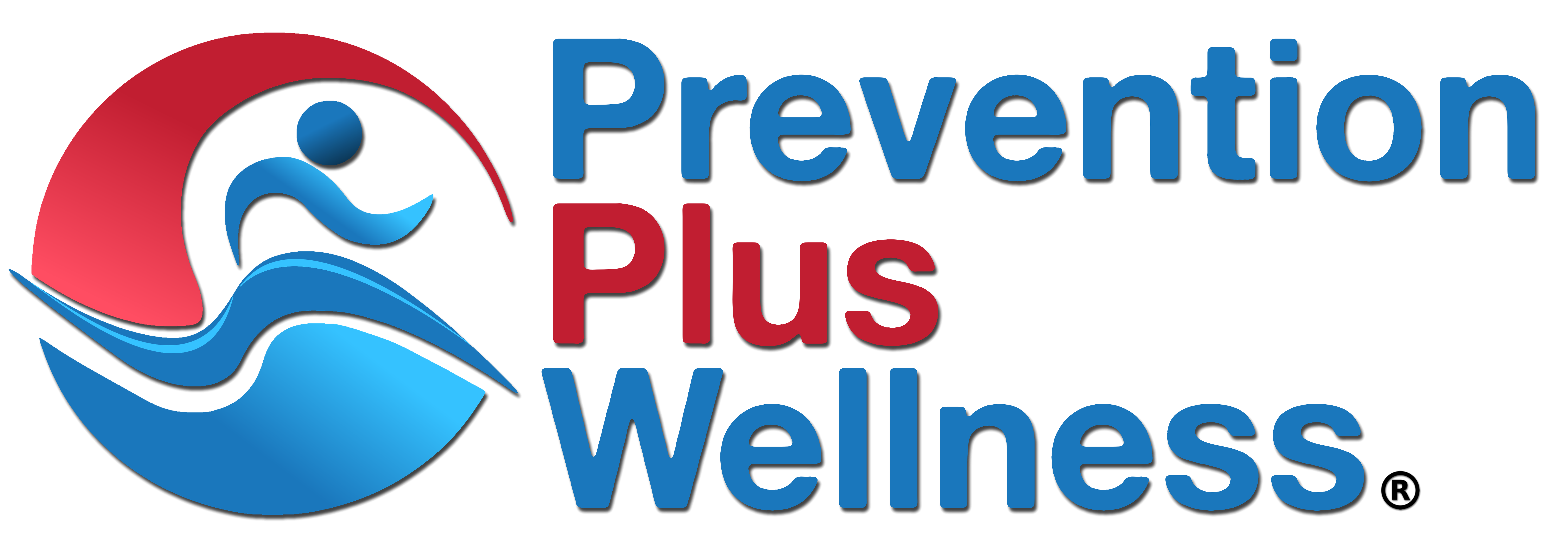The second edition of the Physical Activity Guidelines for Americans provides evidence-based recommendations for adults and youth ages 3 through 17 to safely get the physical activity they need to stay healthy. For example,
Number 3: The recommended amount of physical activity for youth ages 6 through 17 is the same. Each day, youth ages 6 through 17 need at least 60 minutes of moderate-to-vigorous activity to attain the most health benefits from physical activity. Most activity can be aerobic, like walking, running, or anything that makes the heart beat faster. They also need activities that make their muscles and bones strong, like climbing on playground equipment, playing basketball, and jumping rope.
Number 9: We now know that meeting the recommendations in the Physical Activity Guidelines for Americans consistently over time can lead to even more long-term health benefits. (New benefits appear in bold with *.)
- For youth, physical activity can help improve cognition,* bone health, fitness, and heart health. It can also reduce the risk of depression.
- For all groups, physical activity reduces the risk of excessive weight gain* and helps people maintain a healthy weight.
Number 10: New evidence shows that physical activity can help manage more health conditions that Americans already have. For example, physical activity can … reduce symptoms of anxiety and depression, and improve cognition for those with … ADHD …
While not in the guidelines, research indicates that certain types of physical activity is associated with less adolescent and young adult illicit and tobacco use (https://journals.lww.com/progprevmed/Fulltext/2018/05000/Physical_Activity_and_the_Development_of_Substance.2.aspx).
Adequate physical activity among youth is therefore essential for their mental and physical development.
Unfortunately, the World Health Organization (WHO) states that over 80% of the world’s adolescent population is insufficiently physically active (https://www.who.int/news-room/fact-sheets/detail/physical-activity).
It’s critical for substance use prevention and mental health professionals to promote greater frequency, quantity and variety of physical activity among youth and adults to increase their mental and physical well-being.
View the full set of physical activity guidelines and benefits: https://health.gov/our-work/nutrition-physical-activity/physical-activity-guidelines/current-guidelines/top-10-things-know

